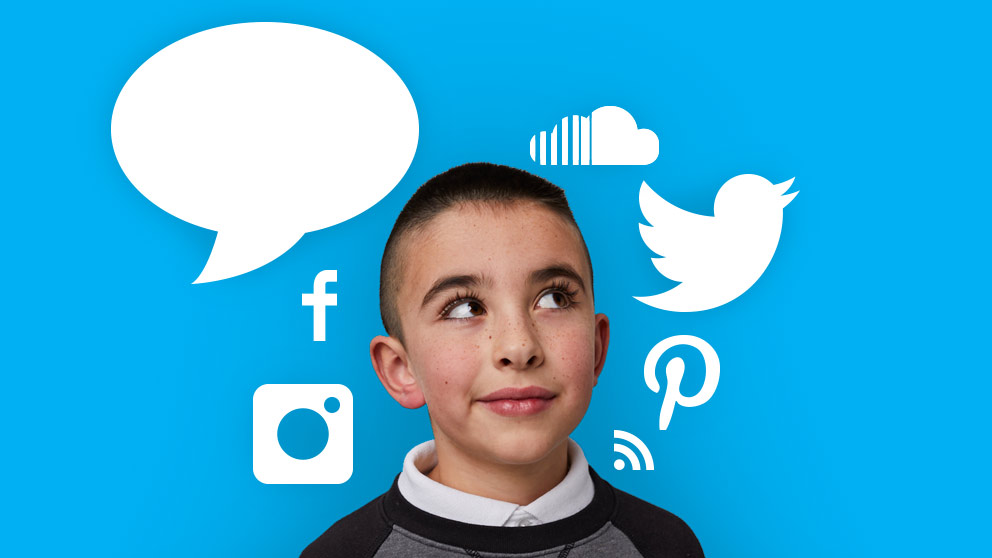Teaching Kids to Practice Respect Online
Amber Brandt
Amber Brandt
Articles by Amber
-
Five Important Conversations to Kick Off a New School Year
Published: Jun 25, 2024
-
4 Ways to Combat the Summer (Learning) Slide
Published: Jun 11, 2024
-
First Day of School: Tips for a Smooth Start
Published: May 09, 2024
-
Healthy and Warm Food Ideas for Cold Days
Published: Mar 19, 2024
Many people believe “respect” is simply about practicing kindness with others, but it’s actually much more than good manners. True respect is weightier. It carries a sense of admiration towards someone for who they are or what they’ve accomplished. It is demonstrated through kind words and actions, but it’s an inner feeling or posture first.
Helping a child learn what it means to respect others is important — especially as more and more of our lives are spent online where it can be difficult to clearly communicate — and easier to hide behind a screenful of mean words. If you’ve ever misinterpreted the tone behind a text or had someone troll your Facebook post, you know just how important respectful online communication can be.
Here are some simple ways you can demonstrate and teach good “netiquette” and online respect:
- Go first. The best way to teach your child respect is to treat them with respect. Everyone gets frustrated and impatient but even at our worst, many of us would never think of speaking unkindly to a peer or stranger. We must extend this same respect to our children. How we treat our kids on our worst days ultimately defines what “respect” means to them. It’s the golden rule in action.
- Explain the differences. Point out to your child how online interactions are different than face-to-face conversations. Online communications are just text — no body language, voice inflections, gestures, or facial expressions to help underscore our point. Even simple statements can be easily misread! When we are online, we have to work extra hard to make sure we’re communicating clearly and respectfully.
- Role play. Have you ever had an incident of poor communication or bullying online? You can recount the experience to your child (in age-appropriate terms) and share how it made you feel. Or perhaps tell them about a time when you weren’t clear and the misunderstanding caused someone pain. Have your child think of an example of disrespectful online behavior then ask them about it. “Why is this disrespectful? How would it make you feel if you witnessed something like this? What could you do to make this comment more kind or clear?” Role playing situations gives your child space to respond and can often elicit surprising results. Purposeful discussions like these can go a long way to helping them understand empathy and consequences.
- Incorporate emojis. One of the best ways to convey your intention or emotion online is through an emoji. They help set the tone of your message when grammar and punctuation are not enough.
- Nip bullying in the bud. According to a recent report by Safety Net, 47% of young people have received intimidating, threatening, or nasty messages online. Of the children interviewed who were also experiencing a mental health problem, 68% admitted having experienced cyberbullying within the last year. Be Internet Awesome is a great resource for helping your child navigate the internet and online communication in a healthy, respectful way.
- Post together. Do you have a friend going through a hard time or doing something awesome? Have your child help you send an encouraging or congratulatory post. If they can observe you creating positive interactions online, it’ll help your child learn to see the internet as a place for spreading kindness and encouragement.




